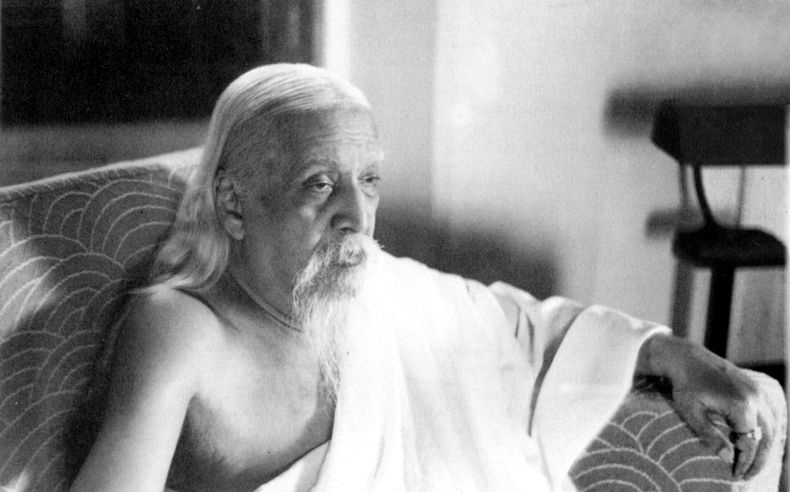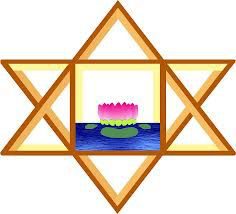Exploring the Essence: Unveiling the Epic Journey in
Sri Aurobindo’s Savitri

Embarking on the Journey of Integral Self-Realization—Unveiling the Spiritual Symphony of Savitri
Within Sri Aurobindo’s masterpiece, Savitri, unfolds an epic poem that poses a profound spiritual challenge—a journey towards Yoga, Divine Union, and the ultimate Goal of Self-Realization. Its spiritual vision transcends conventional boundaries, giving birth to a transformative power that does not seek an escape from life but rather strives to infuse earthly existence with divine activity. This epic serves as a mantric expression, articulating the inner revelations and triumphs of a visionary sage, envisioning an era characterized by truth-consciousness and immortality.
At the heart of Savitri lies the timeless Mahabharata legend of “Savitri and Satyavan,” a tale emblematic of “Love Conquers Death.” Sri Aurobindo ingeniously employs this myth as a symbolic representation of a mystical scripture—the narrative of “Divine Life on Earth.” The story unfolds as King Aswapathy, in his pursuit of spiritual ascension, engages in conscious spiritualization, transforming the austerities of King Aswapathy into the tapasya of an aspiring soul within humanity. Savitri emerges not only as a goddess incarnate but as Divine Grace, responding to Aswapathy’s plea to bring a living form of God to alleviate the burden of earthly inconscience.
The divine union of Savitri and Satyavan signifies the intertwining of their lives to elevate humanity and bridge the gap between man and God. Sri Aurobindo skillfully portrays the panoramic vision of a momentous day of Divine Conquest, using it as a symbol for the dawn of a spiritual tomorrow—an age characterized by Truth-Consciousness and immortality.
The epic further delves into the events, tracing Aswapathy’s spiritual steps for soul release. Through inner concentration and unwavering will, he navigates the realms beyond ego and finite minds, progressively transforming the darker facets of human existence. The narrative unfolds as Aswapathy traverses various planes, revealing the intricacies of cosmic consciousness, the secrets of life’s meaning, and the cosmic managers orchestrating the grand design.
The journey continues into the realms of ideal heavens, the silence within the Self, and the profound mysteries of the Soul of the World. Aswapathy’s ascent unveils the wisdom locked in the abysmal depths, leading him to the luminous heart he yearns for—the Divine Mother of all. This pivotal encounter sets the stage for the birth of Savitri, a beacon of hope destined to change Nature’s predetermined course.
The epic then navigates through Savitri’s life, marking her profound spiritual quest and her meeting with Satyavan. The heavenly sage Narada announces the fated death of Satyavan, triggering Savitri’s initiation into a transformative yoga—a union with the divine. The ensuing verses depict her struggles against forces of indifference, inertia, and the challenges posed by her own senses and desires.
Savitri’s journey within herself becomes a symbolic battle against temptations and limitations, a quest for the occult fire within. The narrative beautifully unfolds the revelation of her secret deity, culminating in the portentous day of Satyavan’s death. The epic crescendos as Savitri confronts Yama, the God of Death, in a cosmic struggle, challenging the very essence of mortality.
In the silences beyond, Savitri and Satyavan traverse the avenues of the Spirit, resisting enticing calls to blissful realms. Savitri’s unwavering strength prevails, establishing her absolute oneness with the divine. The divine transformation is proclaimed, and the couple returns to earth, heralding the promise of a greater dawn—an age-long secret now unveiled.
Thus, Savitri becomes not just an epic poem but an apocalypse—a revelation of the treasures of spiritual experience and the existence of a Perfect Divine reality.

